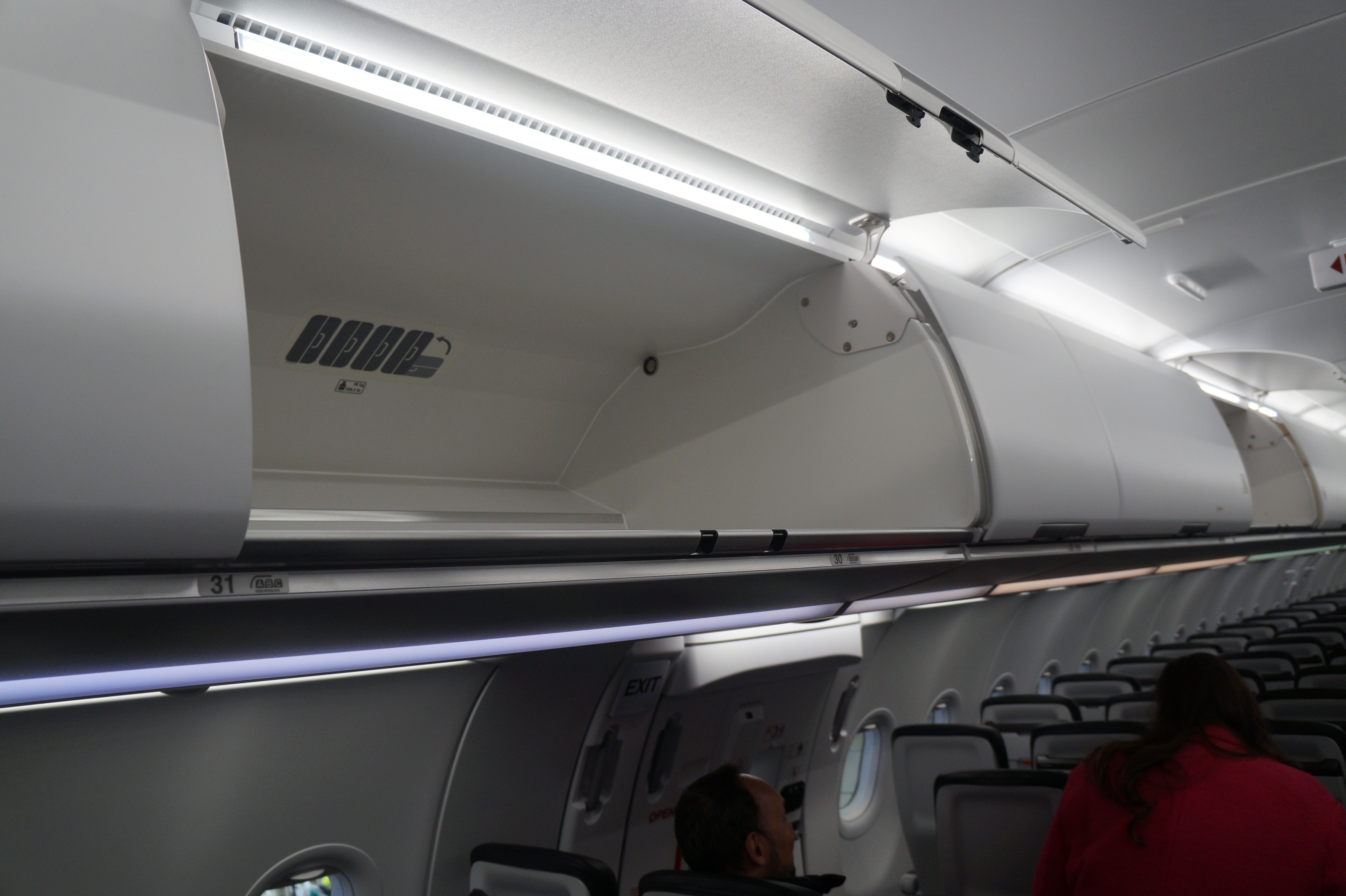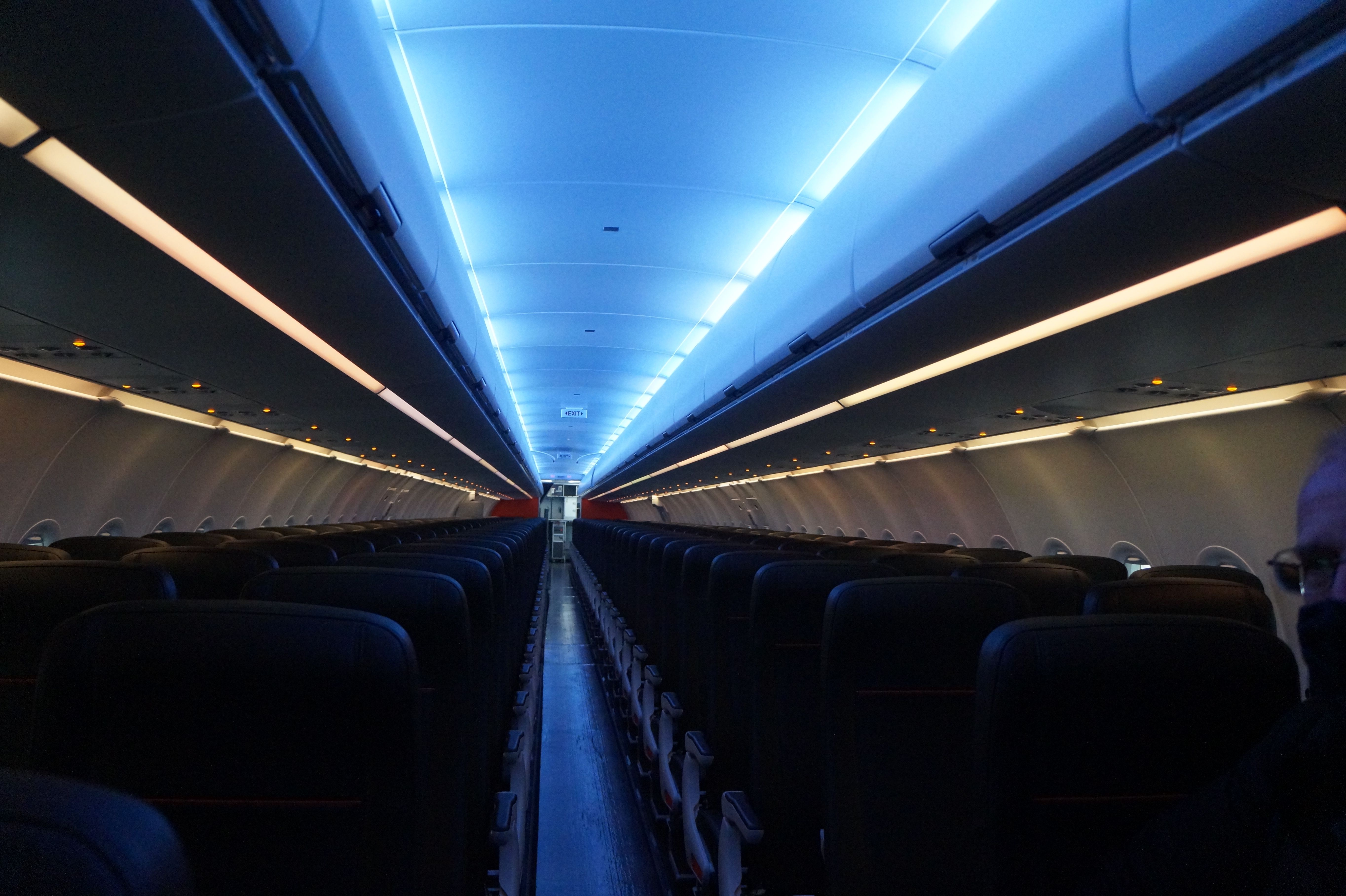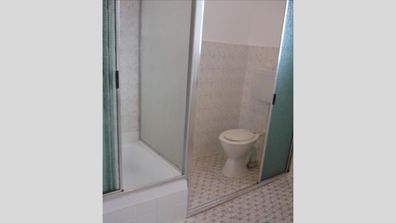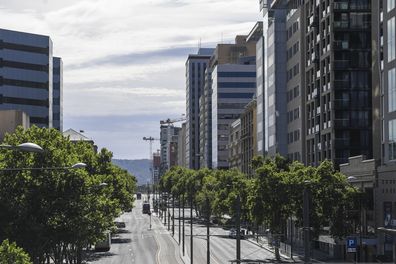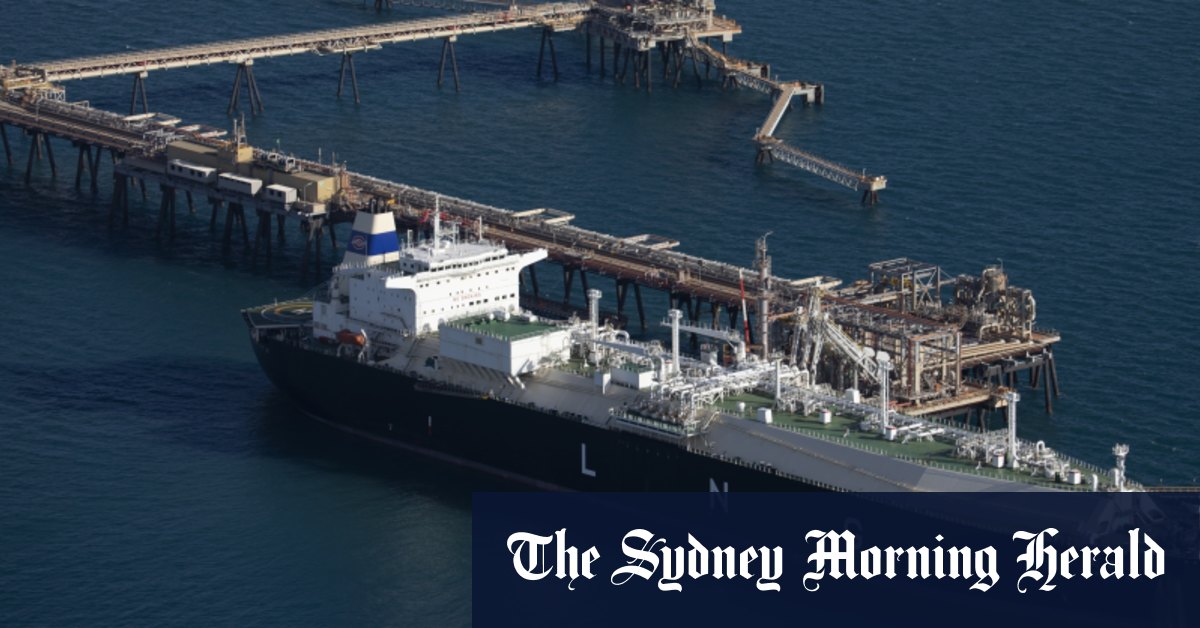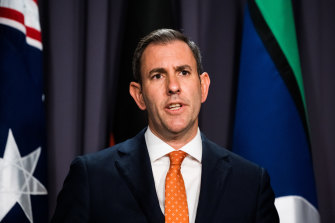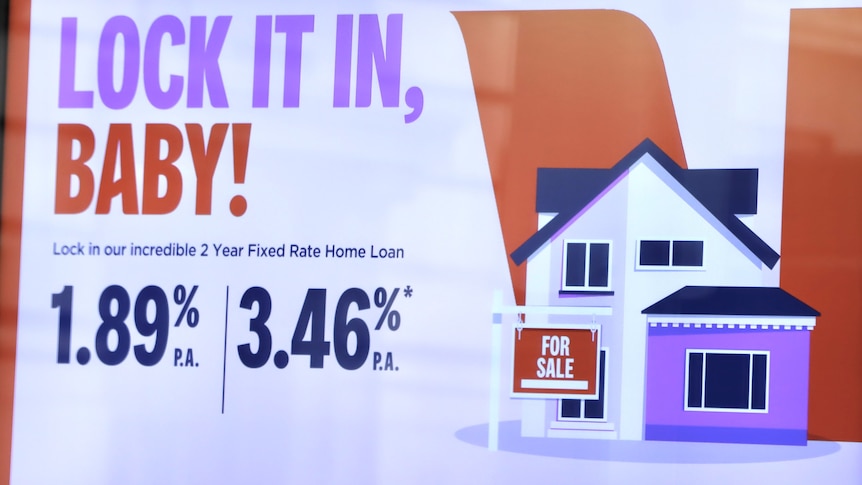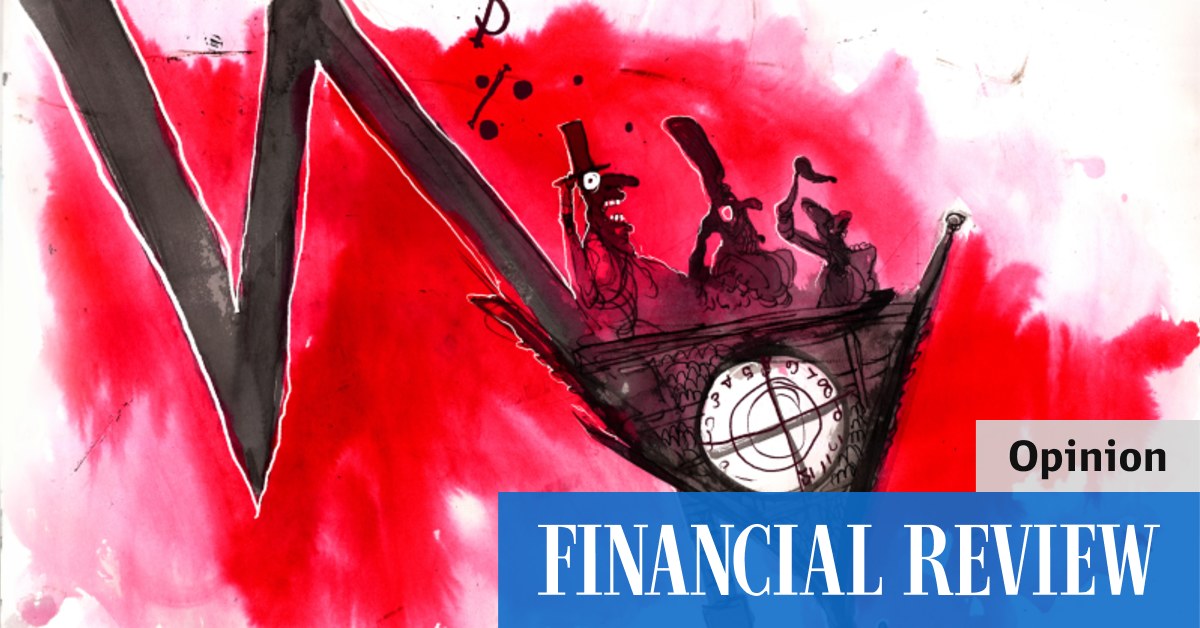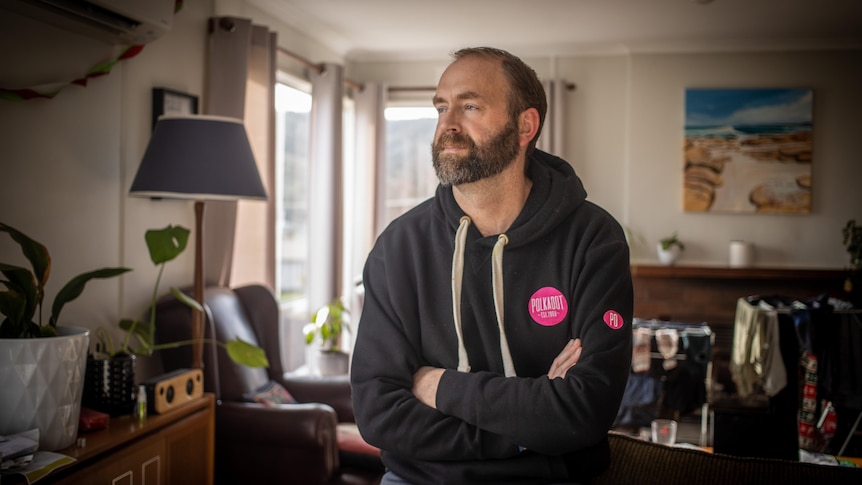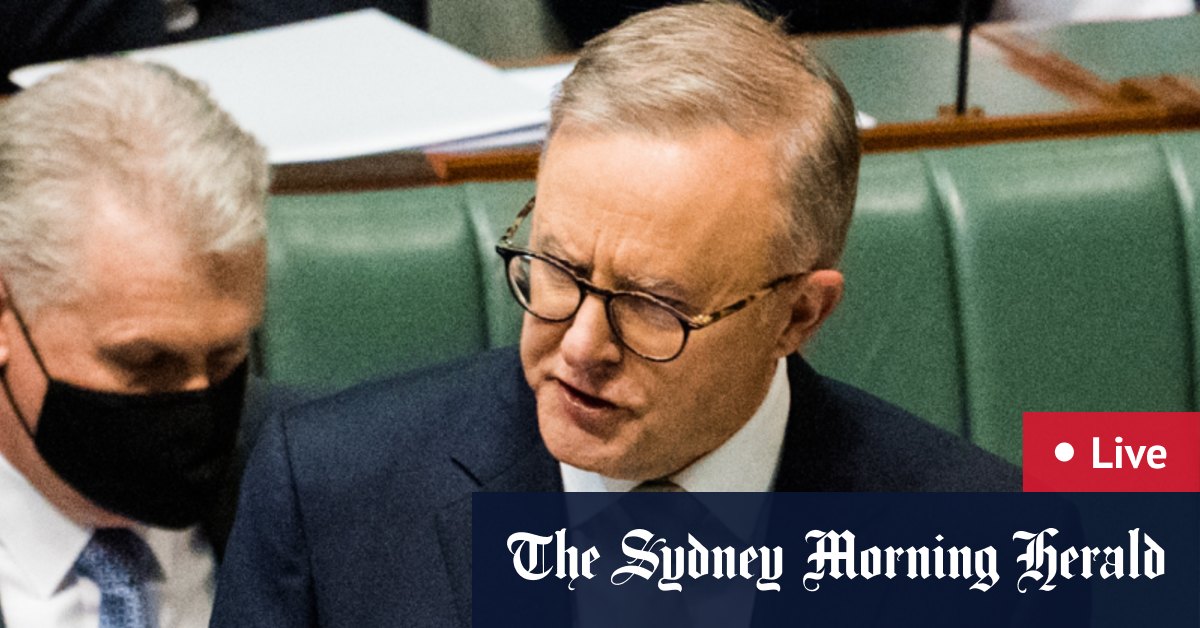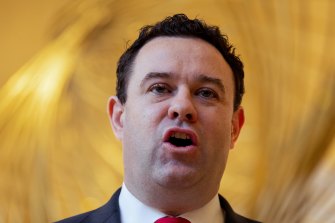Jetstar’s new Airbus A321neo, which arrived in Melbourne yesterday, will bring a new level of comfort to low airfare travel in Australia. That’s according to Jetstar CEO Gareth Evans and after being among the first onboard Simple Flying is apt to agree with him.
What the Jetstar A321neo brings to the passenger
Jetstar CEO Gareth Evans says that being able to provide good, low fares is what people want and the A321neo allows the airline to do that. Photo: Michael Doran I Simple Flying
Officially welcoming the Airbus A321neo was Airbus Head of Sales Pacific Marie-Frédérique Romain and Jetstar CEO Gareth Evans. Once the ceremonies were over, Simple Flying could see what the new cabin looked like and how Jetstar had tailored it to exceed anything currently available in the Australian low-airfare market. Simple Flying asked Evans how important these features are to customers when choosing a carrier. He told us, “Passengers always know when they are on a new plane, and that’s always a positive.”
“I think what we’re doing from a customer perspective is going to be important and they will notice the tweaks and adjustments, like the bigger bins and USB ports. But ultimately they just want to get from A to B and to know they have got good low fares, and this aircraft with its low cost base and reduced fuel burn enables us to offer great low prices, so people can travel more, and that’s what customers want.”
The wider cabin allows for wider slimline seats on Jetstar’s A321neo. Photo: Michael Doran I Simple Flying
Airbus continues its Airspace interior in the cabin with a familiar look and feel from the A220 to the A350. The A321neo has the widest interior of any single-aisle aircraft and gives that space back to passengers with wider seats. As a low-fare airline with Qantas as a parent, Jetstar will operate the A321LR in a single class, three-by-three layout of 232 seats, 46 more than what it can carry on its existing A320ceo fleet. The black seats with orange piping have a pitch of 74 centimeters (29 inches), except for the exits rows, and a width of 45.7 cms (17.7 in).
Will bigger bins ease the boarding stress?
The Jetstar A321neo has extra large overhead bins that are 40% larger than on similar-sized aircraft. Photo: Michael Doran I Simple Flying
Struggling to find space for carry-on bags is not only stressful but can also contribute to late departures. The A321neo overhead bins are 40% larger than standard and allow bags to be stored upright, creating even more room. Jetstar has made it much safer for passengers who bring their electronic devices on board, with a neat holder on the seatback. Also, there is no fumbling about looking for the USB power or attaching the charging cord because the unit sits at around eye-level on the seatback. Having the charging outlet close and in the same location as the device means no loose cords are dangling between the seat and seatback.
In another first, Jetstar has installed a digital streaming service, with content selected to match the flight length the aircraft is operating. To connect, it’s as simple as putting the device into flight mode, selecting the Jetstar entertainment app, scanning a QR code and browsing for something that suits your taste. There is no need to download anything before the flight, and with content changed every two months, the choices will include new releases not yet available to all streaming services. As a leisure carrier, Jetstar has added more ‘child-friendly’ programs, such as from Disney, and it also integrates popular games into the onboard system.
Pick a color and go with it
The mood lighting on the Jetstar A321LR ranges across a rainbow of colors, with a startlingly different effect. Photo: Michael Doran I Simple Flying
Mood lighting is another feature that long-haul passengers will have experienced, with the A321neo crew having all the colors of the rainbow to choose between. During Simple Flying’s preview, the crew shifted colors from a soothing blue to a soft green and a vibrant pink that would not have looked out of place at a dance party.
The A321neo is a great step forward for the Asia-Pacific region, and with Jetstar adding 18 in 2022/2023, followed by 20 A321XLRs, it will soon become the accepted standard. How much do you think about the passenger experience when shopping for holiday fares?



